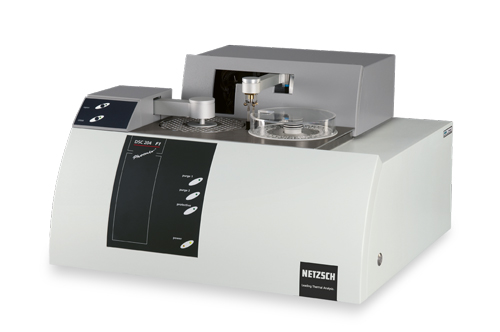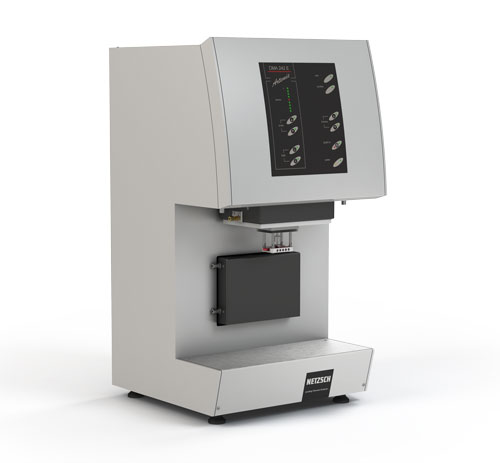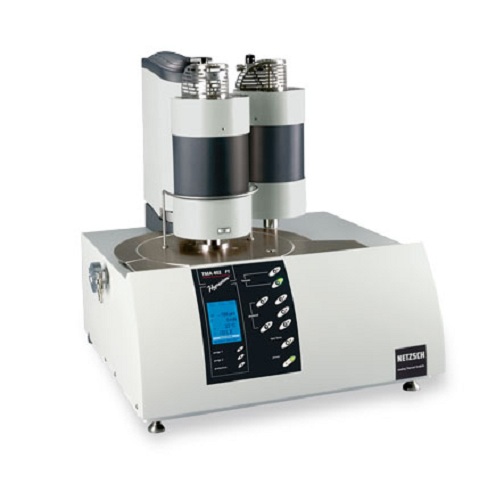Glass Transition Temperature
Description
Differential Scanning Calorimetry (DSC)
Differential Scanning Calorimetry (DSC) is used widely for examining polymers to check their composition. Melting points and glass transition temperatures for most polymers are available from standard compilations, and by using Differential Scanning Calorimetry possible polymer degradation can be determined by the lowering of the expected melting point, Tm, for example.
Simultaneous Thermal Analysis (STA)
Simultaneous TGA/DSC measurements both heal flow and weight changes (TGA) in a material as a function of temperature or time in a controlled atmosphere. Simultaneous measurement of these two material properties not only improves productivity but also simplifies interpretation of the results. The complimentary information obtained allows differentiation between endothermic and exothermic events with no associated weight loss (e.g. melting and crystallization) and those that involve a weight loss (e.g. degradation).
Dynamic Mechanical Analysis (DMA)
Dynamic-Mechanical Thermal Analysis (DTMA) allows the determination of stresses at the change of Young’s modulus value in temperature function for polymer samples.
Thermomechanical Analysis (TMA)
Thermomechanicval Analysis (TMA) is a technique in which the deformation of a substance under non-oscillary load is measured as a function of temperature while the substance is subjected to a controlled temperature program.



